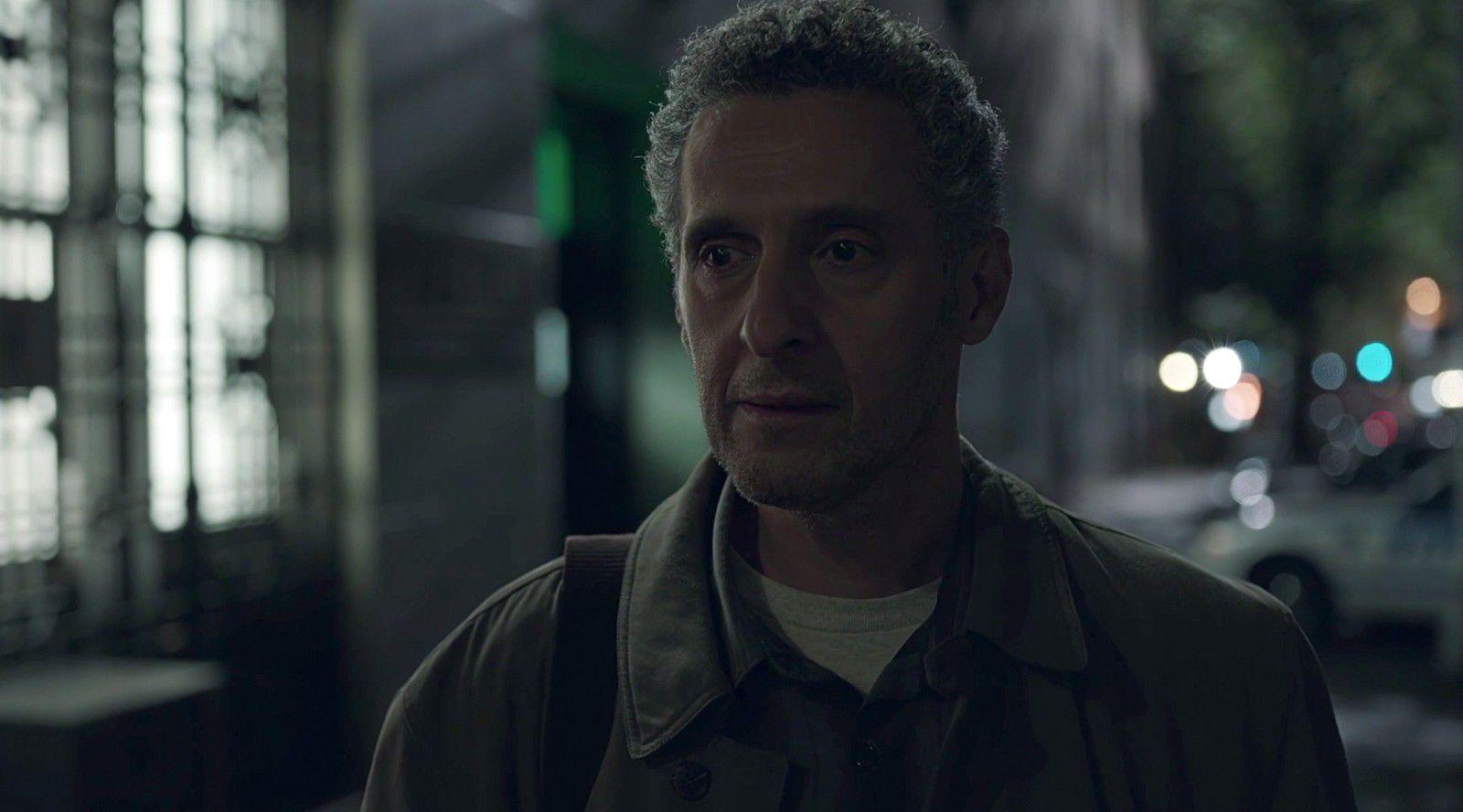The 95-minute long finale of The Night Of arrives Sunday. The miniseries explores the criminal justice system from the inside and out, from its corruption to its (occasional) compassion. But the finale is more than just the end of a momentous drama—it will be the culmination of a passion project for the late James Gandolfini, who died in June 2013 shortly after filming the pilot for the show, which was then called Criminal Justice.
The show couldn’t have had better timing, arriving in an era when questions about criminal justice, race relations, and immigration are getting as much attention as ever. But the story of those issues doesn’t end with The Night Of.
What to Read
Alyssa Bereznak: The New Yorker’s series on Kalief Browder — a 16-year-old kid who was wrongfully accused of stealing a backpack, sent to Rikers Island, and awaited trial there for three years — is proof that The Night Of does not exaggerate the hell that is living on “the rock.” Almost every prison scene in the series recalls a reality that Browder himself had to endure: the constant threat of violence from prisoners and guards, all of which went unpunished; an influential gang presence; the bureaucratic gridlock that tempts prisoners to plead guilty to crimes they did not commit; and the phenomenon of inmates carving out their wrists with shards of glass. Browder didn’t die in a cell; instead, the paranoia and depression he developed at Rikers weighed on him so heavily that he tragically ended his life at home as a free man. His story is a reminder that your innocence or guilt is irrelevant once you’ve been entered into New York’s notorious correctional complex. It will change you, regardless.
Kate Knibbs: Confession: I stopped watching The Night Of. I know, I know — many friends and coworkers have encouraged me to keep going, but it bothered me that the showrunners couldn’t find another way to explore the nuances and rot of the criminal justice system without using a Sexy Dead Girl as a framing device. I have no problem with violence in art if it’s not gratuitous, but I thought the choice to kick things off by wrapping Night Of in a Dead Girl Show blanket was lazy — and I thought the choice to treat the Dead Girl like an afterthought was gross.
Jason Concepcion: Rikers Island, as New York City’s main jail, is a lever of tremendous power. Norman Seabrook, the notorious ex-president of the Correction Officers’ Benevolent Association, knew precisely how to wield it.
Riley McAtee: This is the book Freddy gives Naz in prison. In the novel, a couple is accused of a murder, and, after being promised lenient sentences in exchange for guilty pleas, the two plead guilty. They are sentenced to execution. After their sentence, the judge admits that the case against the two was weak, and that they would have gone free had they maintained their innocence.
J.C.: Night Of cowriter Richard Price is renowned for his ability to write dialogue that’s lifelike and memorable. So, how does he do it?
Chris Ryan: When the character of Cutty, the drug-dealing waiter who testifies that he sold work to Andrea Cornish just before her death, pops up onscreen, Price fans probably cracked a smile. As soon as they caught Joe Egender’s weary hustler vibe, they were reminded of Eric Cash, the protagonist of Price’s best novel, Lush Life. Much of what Price and Steve Zaillian have to say about New York City can be found in Lush Life’s pages — the way it is changing, the way it can change a person, the way it is falling apart, the way it is the same as it ever was.
What to Watch
‘Southcliffe,’ ‘The Shadow Line,’ ‘Broadchurch,’ and ‘Criminal Justice’
C.R.: The Night Of is unmistakably New York in setting and sensibility, but its blueprint comes from England. Over the last two decades, the Brits have perfected the art of atmospheric, intelligent, probing limited crime series. Price and Zaillian adapted the show from Peter Moffat’s 2008 series, Criminal Justice, but you can also feel the influence — direct or not — of Hugo Blick’s The Shadow Line, Sean Durkin and Tony Grisoni’s Southcliffe, and the first season of Chris Chibnall’s Broadchurch. These shows look not just at the who and how of a crime, but try to reckon with the why and what now.
‘Primal Fear’
Sam Donsky: I don’t think Naz did it. I don’t think Naz did it. I don’t think Naz did it. I don’t think Naz did it. I don’t think Naz did it. I don’t think Naz did it. I think about the last scene of Primal Fear about 10 times per episode. Still: I don’t think Naz did it. I mean, I’m pretty sure. He probably didn’t. Maybe. Like — I’d definitely say there’s a chance he didn’t do it.
The 2014–15 New York Knicks
S.D.: Hasan [Naz’s brother]: Stoudemire’s gotta stay on the bench.
Naz: He can’t sit on the bench, man.
Hasan: You can’t build a team around both of them … you’ve gotta, just, build the team around Melo. He’s not the same kind of —
Naz: Yeah, but who else is going to put up those points?
Hasan: Melo will.
Naz: OK — but he’s not the beast in the paint like Stoudemire is.
That’s Naz and his brother, Hasan, talking at the dinner table during the pilot of The Night Of. The next thing we hear is Naz’s father asking him, “So what are you doing tonight,” and just like that — the plot of the show has been set in motion. What I can’t stop thinking about, though, is that moment right before. It’s beyond chilling: Are we really supposed to trust the decision-making process of someone who thought AMAR’E STOUDEMIRE was a building block … in the fall of 2014?!
‘The Naked City’ (1948)
Sean Fennessey: The Night Of is a story about a resting city jolted by violence — a thrashing perp in a sleepy uptown precinct at dusk, an interrogation at a laundromat, an eczema invasion in a stock-still dermatologist’s office. And a murder in a young woman’s apartment. Richard Price and Steven Zaillian show us New York in intimate spaces, at the local gym, or the stairwell of the city DA’s office. Jules Dassin’s The Naked City is a precursor to this quietly seedy version of the city. It’s more classically told, but the shadows fall in the same direction. The killing of a beautiful young woman on the Upper West Side is also at the center of it all — this being the ’40s, we see the story largely from a police detective’s point of view. It’s the kind of whodunit that serves as a pretext for Price’s work, nestled close to real cops speaking in a particular cadence, shot in severe black and white, with all the up-close, day-to-day proximity of HBO’s miniseries. It isn’t so much a blueprint as a globe. Give it a spin, and you’ll see the city from a new vantage.
Behind the Scenes—James Gandolfini Shooting ‘The Night Of’ Pilot
David Shoemaker: It’s impossible to imagine how much different The Night Of would have been if James Gandolfini had lived to play the role of Jack Stone. There’s a pilot out there somewhere, but nobody has seen it, as far as I can tell. The only evidence of its existence that I’ve found is this iPhone video that somebody filmed on the street when Gandolfini was filming his outdoor scenes for the pilot. (Interestingly, one of the reasons that the project survived at all after Gandolfini died was that Stone’s presence in the first episode is so minimal that there was talk of salvaging the pilot and just reshooting his scenes.)
There’s not much to the video, but it clearly depicts what we see in “The Beach,” when Stone leaves the police station and asks Detective Lieberman about Naz. The closest we get to seeing the difference in Gandolfini’s Stone is at 2:30, when he reenters the station and yanks the door. Hard.
“Jim had a very clear idea of how he would play Stone,” said producer Jane Tranter in The Hollywood Reporter. “It was very physical. A really, very sort of physical relationship with the character and how he wanted to play it. He talked about it very much in terms of the physique.”
In John Turturro’s performance, it’s all in his face. His physicality is diminutive (though his brazenness grows as the series progresses). For Gandolfini, the decision to go back inside was a contest of will with himself; for Turturro, it was a moment of self-discovery. We don’t even see him reenter the station — we see only the moment of realization, of potential redemption, wash over him.

In the second take, you can clearly see Gandolfini limp — again, the physicality — as he starts to walk away. Was his foot affliction originally a more traditional injury, or was he just selling the hell out of the fungus? It’s not exactly a whodunit, but it’s a mystery worth wondering about.
Disclosure: HBO is an initial investor in The Ringer.
